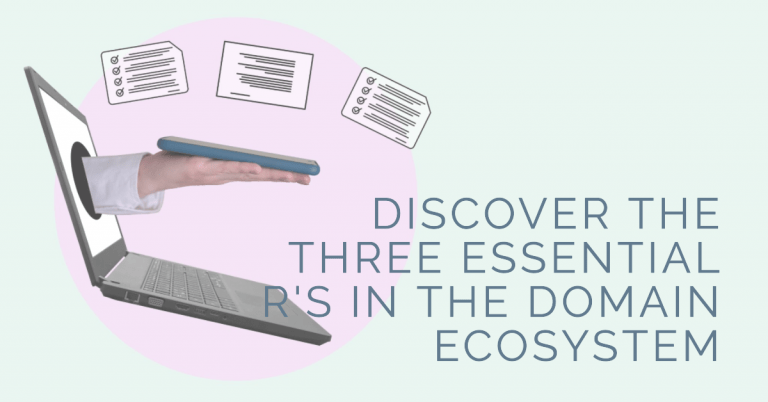ACPA: Safeguarding Domain Integrity in the Digital Frontier
In the vast expanse of the digital frontier, where domain names are the new real estate, protecting your digital property is a quest taken seriously. Cybersquatting, a shadowy practice where individuals or entities register domain names that mimic established trademarks with the aim of profiting from or undermining legitimate brand owners, has been a hot topic in the online world. Enter the Anti-Cybersquatting Consumer Protection Act (ACPA) – the proverbial sheriff patrolling these digital plains.
The Battle Against Cybersquatting
Cybersquatting, a term that once lived in obscurity, rose to notoriety with the proliferation of the internet. It’s the equivalent of staking a claim in the Wild West, where domain names are the new gold mines. Some unscrupulous characters saw an opportunity, and thus, the battle began. In response, the ACPA was born. This federal law, part of the Lanham Act (the legislation governing trademarks and intellectual property in the United States), became the digital sheriff enforcing order in these online territories.
Defining Cybersquatting
The ACPA provides a crystal-clear definition of cybersquatting. It’s about registering, using, or trafficking in domain names with a bad-faith intent to profit from someone else’s trademark. The law is designed to safeguard the rights of trademark owners, making sure that their hard-earned brands are not hijacked in the digital realm.
Pursuing Justice
The ACPA empowers trademark owners to wage a legal battle against those who engage in cybersquatting. Picture this: trademark owners, armed with their brand’s goodwill, marching into federal court to seek justice. And justice, in this case, often involves not only damages but also the transfer of infringing domain names back to their rightful owners.
Calculating Damages
Under the ACPA, courts have the authority to award damages, including statutory damages of up to $100,000 per domain name, if they find that the domain registrant acted in bad faith and violated the ACPA. It’s a way of reminding cybersquatters that these digital deeds are not to be taken lightly.
Factors Considered
To determine bad faith, courts take a Sherlock Holmes approach. They investigate the registrant’s intent, the strength of the trademark, the similarity between the domain name and the trademark, and even the registrant’s history of domain name registrations. It’s a careful, considered process aimed at distinguishing legitimate domain owners from the digital bandits.
Domain Name Dispute Resolution
The ACPA is not the sole guardian of digital justice; it collaborates with the Uniform Domain-Name Dispute-Resolution Policy (UDRP). The UDRP offers an alternative to courtroom battles, providing an administrative route for settling domain disputes outside of the court’s confines. It’s an efficient, effective, and less costly path to resolving domain name conflicts.

Protecting Trademarks and Brand Integrity
The ACPA isn’t just a piece of legislation; it’s a defender of the digital realm. It safeguards the rights of trademark owners, ensuring their brands remain valuable and untarnished by nefarious domain squatters. By extension, it protects consumers from confusion and fraudulent online practices.
In conclusion, the ACPA is a formidable shield against the shadows of the digital frontier. It upholds the values of trademark ownership, discouraging cybersquatting and maintaining the integrity of digital branding. It is the beacon of hope for digital pioneers, reminding them that even in the digital wilderness, the law can be a trusted ally.




